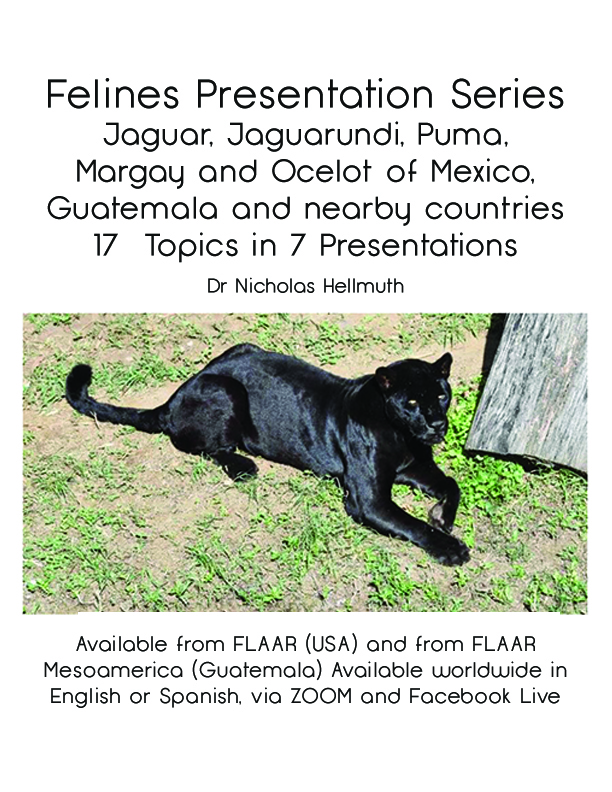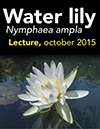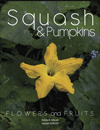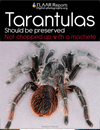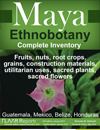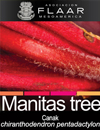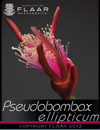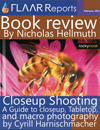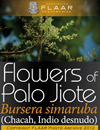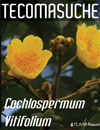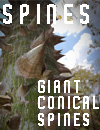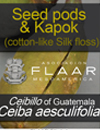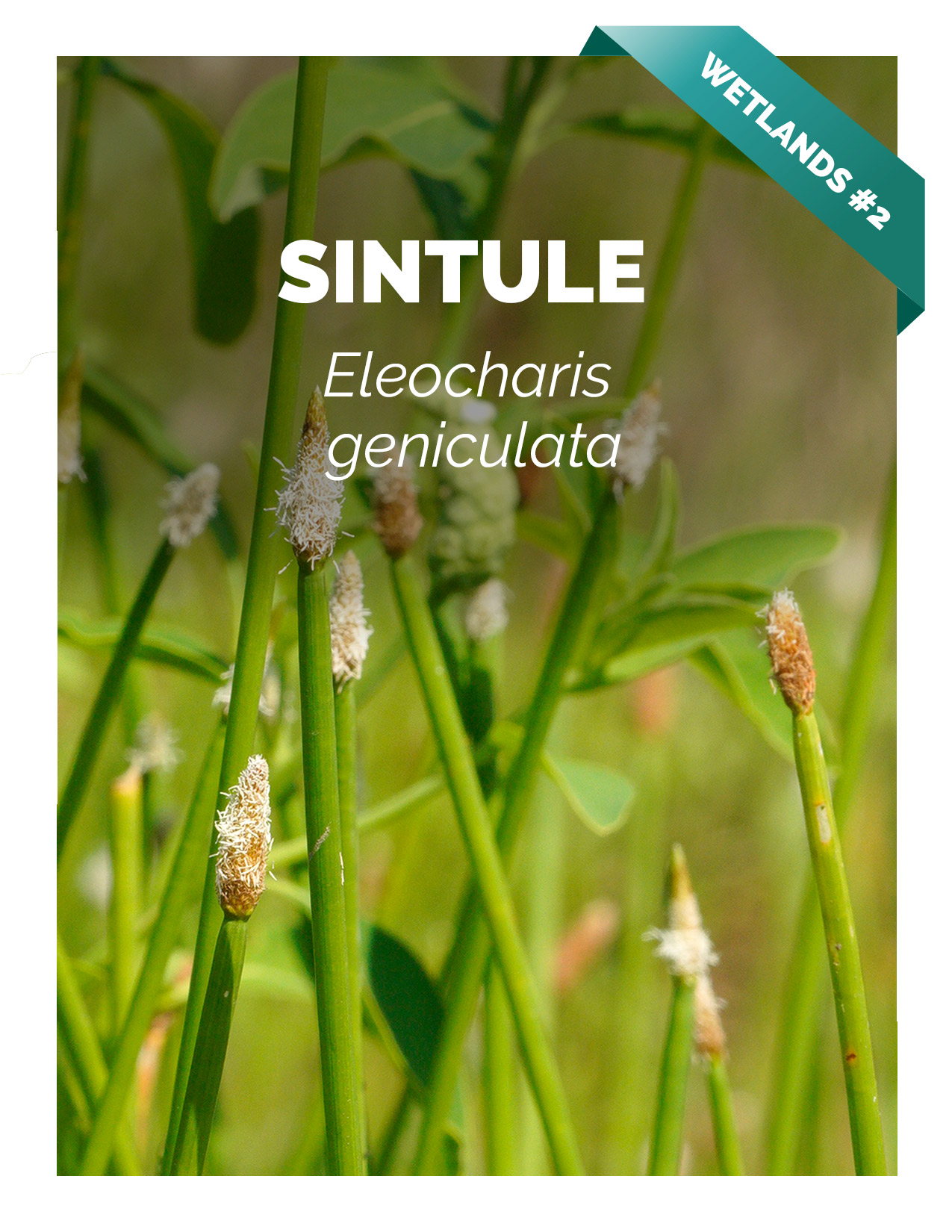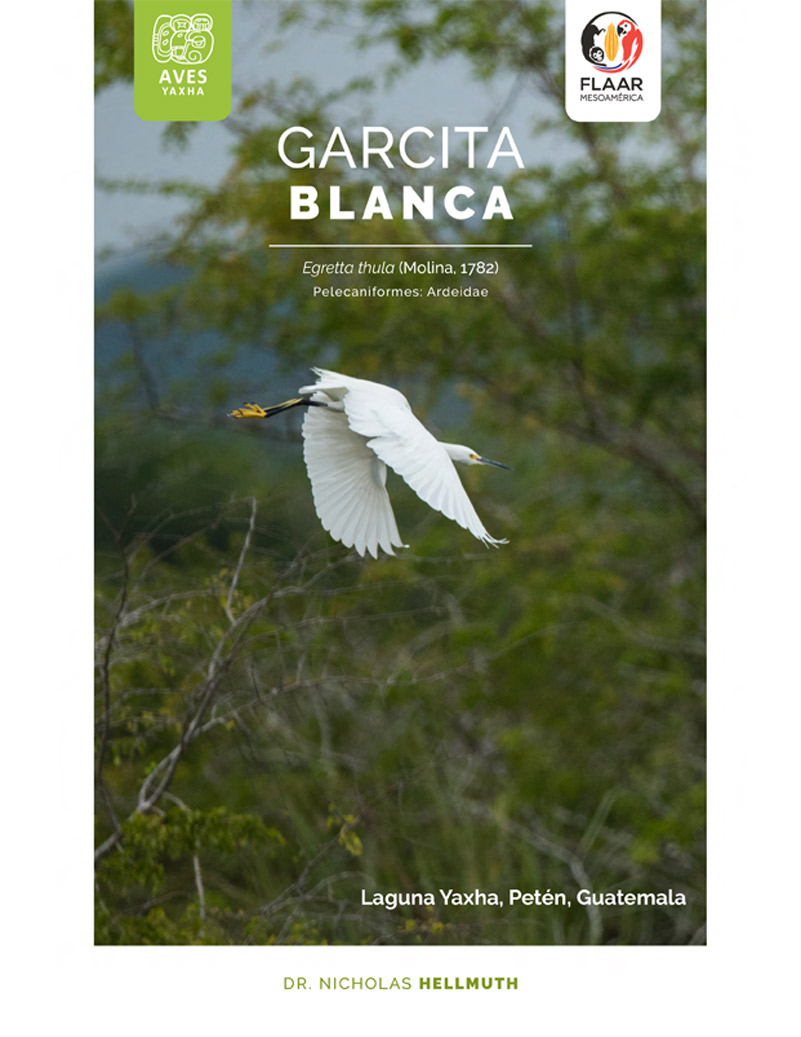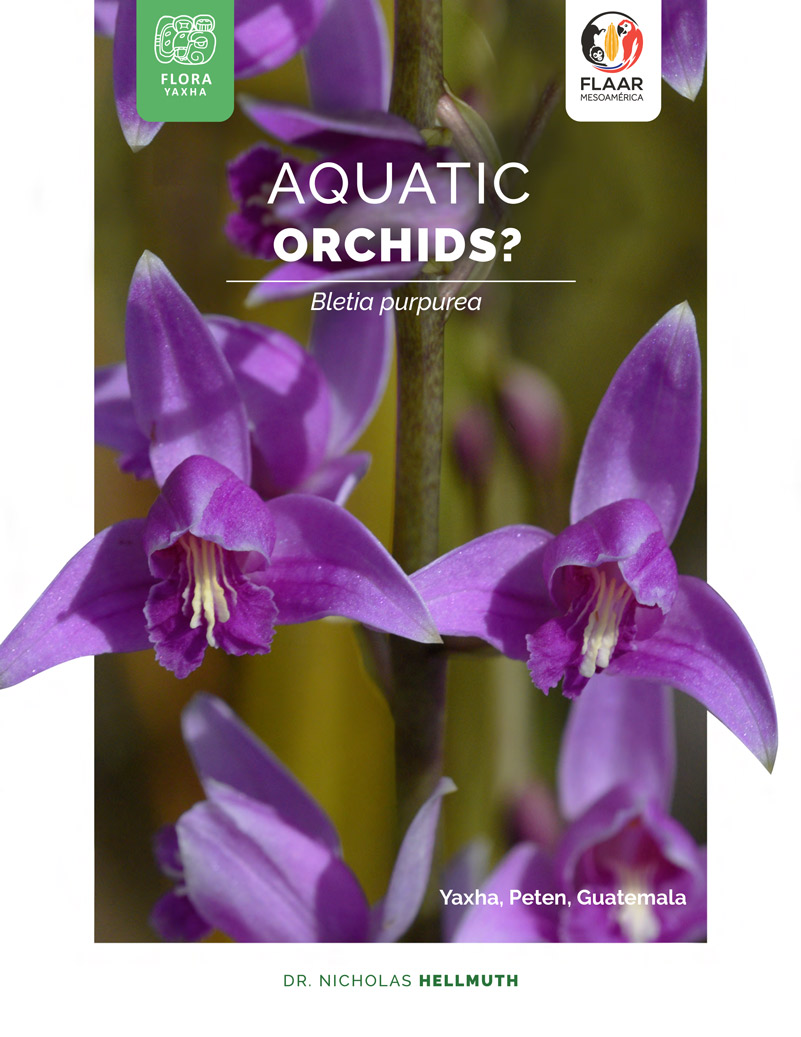What foods did the ancient Mayans have to eat, Talisia floresii fruit
While studying Talisia oliviformis fruit and trees of Guatemala, I came across a second species, Talisia floresii. Both are trees of the family Sapindaceae.
Each different botanist uses different names and includes or excludes some plants as not being native to Guatemala. But we believe both species are a tree that can be found in Guatemala. In addition to being edible food, part of the fruit of Talisia floresii can be made into a toy for the Mayan children. It is nice to have toys that are not made of plastic.
Talisia floresii behind Temple 216, Yaxha, Petén.
Photo by Dr Nicholas Hellmuth.
Nikon D810, Nikon AF-S NIKKOR 600mm f/4e FL ED VR lens, f/9, ISO 3200.
Maya food and agriculture: agro-forestry
The Maya of today get their food from- Their milpa agriculture
- Their home garden surrounding their house
- Plants of the forest:
- Forest plants not chopped down when clearing for the milpa
- Forest plants still in mature or at least fully forested areas
And of course merchants bring in food from other eco-systems today; same in past millennia: there was a lot of trade between regions.
There is no additional information in Parker (2008: 835) since she just copied-and-pasted from Standley and Steyermark. Until we find this tree in a forest, we also rely on Standley and Steyermark, Flora of Guatemala. Fieldiana: Botany Vol. 24, Part VI. Note that plant names were not in italics in their era. But words from Mayan languages were in italics.
Note that he uses the word poloc. The park ranger at Yaxha (Peten, Guatemala) used the word coloc for all the Talisia at Yaxha. But since the two trees are so similar, and since both grow at Tikal and elsewhere in central Peten, we do not know whether Poloc is a mistaken spelling or misunderstanding. At the end of their description Standley and Steyermark put the word coloc.
Talisia Floresii Standl. Trop. Woods 26: 14. 1931. Poloc, Ixezul (Peten, Maya). Common in swamp or lakeside forest and in secondary upland forest, sometimes in Haematoxylon swamps; northern Peten. Campeche; Yucatan, the type from Progreso (cultivated).
A tree of 15-18 meters, the trunk sometimes 60 cm. in diameter, the bark gray, the young branchlets fulvous-tomentulose, the older ones densely elevated lenticellate, the petioles and leaf rachis also densely and conspicuously lenticellate; leaflets 4-6, coriaceous, lustrous, on thick petiolules 3-6 mm. long, oblong to oblong-lanceolate or ovate-oblong, mostly 7-11 cm. long and 2-5 cm. wide, obtuse to narrowly rounded or long-acuminate at the apex, acute or obtuse at the base, glabrous, paler beneath, the venation conspicuous beneath and closely reticulate; panicles small or large, often much-branched and as much as 25 cm. long, densely fulvous-tomentose, the flowers white, short-pedicellate or subsessile, 6 mm. long; sepals broadly ovate, obtuse, 3 mm. long, densely tomentulose; petals densely villous on the margins; fruit large and hard, subglobose, commonly 4-5 cm. long, broadly rounded at each end, somewhat oblique, densely tomentulose, containing a single large seed.
The Maya name in Yucatan is "coloc." In general appearance the large tobacco-colored fruit suggests the sapodilla or chicozapote (Achras Zapota). A fleshy cream-colored aril surrounding the huge seed is aromatic and edible, with a sweet agreeable flavor. In Yucatan the tree flowers in May and fruits in November and December. According to the original collector of this tree, Dr. Roman S. Flores, in Yucatan the boys have from time immemorial made a small toy, a kind of whirligig, from the woody part of the fruit. After making a hole about 1 cm. in diameter in each end of the seed and another at the side, they gouge out all the kernel with a bit of wire. A round stick 20-25 cm. long is thrust through the end holes to half its length and fitted so that it will rotate freely. A cord 50-60 cm. long is attached at one end to the middle of the spindle, the other end extending out through the hole in the side of the shell. To the 'top of the spindle is fastened a disk 10-12 cm. in diameter, which is usually made from a gourd (Lagenaria}. Then the shell is held in the fingers of one hand while the cord, previously wound up, is successively pulled and released, thus causing the disk to rotate back and forth rapidly and with a whirring noise. (Standley and Steyermark 1949: 268).
We have not yet found Talisia floresii. Nowhere is it listed as a synonym for Talisia oliviformis. In other words, these may be two very similar trees? Only once we find the Talisia oliviformis flowering at Yaxha will be know which species it is. So, although we are listing the Yaxha tree as Talisia oliviformis, until we see the flowers we can’t positively say it is absolutely not Talisia floresii.
Lots of places to study Talisia oliviformis and Talisia floresii
Talisia oliviformis fruit trees are available to study at Frutas del Mundo of Dwight Carter, Izabal area, Guatemala. This is one of the first times my attention was drawn to this guaya tree fruit. If you are studying fruit trees of the Mayan traditions, try to get to the Frutas del Mundo orchards to learn by having so many species in front of you.
Most botanists call this tree Talisia oliviformis. But some botanists say the accepted name should be Melicoccus oliviformis.
Talisia floresiiI is an accepted name and has no known synonyms. It is notable that two trees with such similar fruits are both growing in the same areas. But whether one grows in ramon areas and the other in more dry palo de Campeche areas at Yaxha remains to be seen. We found one Talisia tree abutting the back of Temple 216 pyramid. We found another Talisia tree fruiting between Yaxha and Nakum (most of these 17 kilometers are bajo, but there are several areas with Ceiba, Ramon, and other large trees of more hilly eco-systems).
Thesis and Dissertation potential for the two Talisia tree fruits
One of many advantages of working as a student volunteer on an archaeological field project is that you meet other students who go on to become well known in the field. While I was a student volunteer at the Tikal Project (1965-1966 for 12 months, then one or two months follow-up the next year). I met Dennis Puleston (and of course also Peter Harrison, Chris Jones, Stan Loten, Miguel Orrego, and dozens of other capable students.
Dennis Puleston went on to become famous (or infamous) for his studies of Ramon nut and chultuns. Even if subsequent botanical and soil research suggested alternative options, Dennis Puleston got the Ramon nut into the scholar list of Mayan foods for eternity. Ramon is available to buy at most Mayan ruins Visitor’s Center gift shops. I get it at Yaxha park entrance or sometimes go to the factory at Ixlu (near the crossroads Flores-Tikal-Yaxha-Melchor).
Cyrus Lundell (who unfortunately I never met) and most of his colleagues noted that Talisia trees were very often found around Mayan ruins, in the same eco-systems as Ramon.
So even if Talisia grows here before it likes these eco-systems, its presence documents that it, like Ramon, was available to the Mayan people 2000 years ago.
The benefit of doing a thesis or dissertation on Talisia is that there are TWO species, both with edible fruit (yes, now they have different names, but they are still both very similar to each other). I highly recommend Parque Nacional Yaxha Nakum Naranjo as a place to start your thesis or dissertation project.
Brief Bibliography for Talisia floresii Standl., family Sapindaceae
- 1949
- Flora of Guatemala. Fieldiana: Botany Vol. 24, Part VI. Chicago Natural History Museum.
Other pages on FLAAR web sites to visit with related information
We have an annotated bibliography on Talisia oliviformis. Our bibliography on Talisia floresii will be posted shortly.
First posted February, 2019




